
BMW R 1300 GS Review: The Big Daddy of ADVs has a Change of Heart
The all-new built-from-scratch BMW R 1300 GS has finally landed in India. So, how good is it? We scale some crazy altitudes with it in Leh to find out.
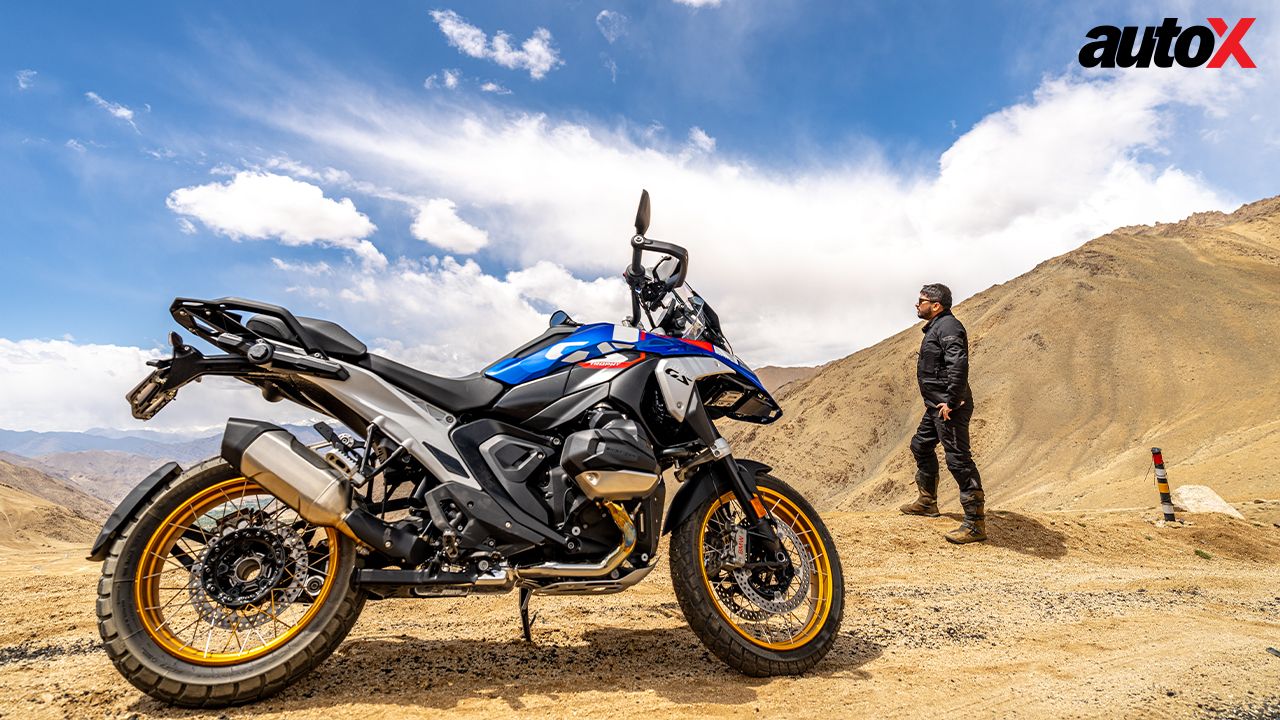
There's a popular saying among big adventure bike lovers, which goes something like this: all big ADVs can take you anywhere you want in the world, but only the GS will bring you back. I mean that's saying something, isn't it? The BMW GS isn’t just the most popular ADV on the planet, it’s the yardstick, the benchmark, against which the worth of all the other adventure motorcycles is measured.
For years, the BMW GS range of motorcycles has ruled the big ADV segment – something which it continues to do even today. However, this hasn’t stopped the folks at BMW Motorrad from reinventing the GS wheel – the latest iteration, the R 1300 GS, is proof. Now, as an adventure tourer, there was nothing wrong with its predecessor, the R 1250 GS – not to the extent of being a deal-breaker, at least. But, it wasn’t perfect in terms of every aspect. Plus, the competition from fresher rivals, such as the Ducati Multistrada V4 and Triumph Tiger 1200, obviously had the GS facing some heat. So, BMW had to fire back – and that’s exactly what they have done, for the new R 1300 GS is now claimed to be better in every single aspect that matters. But, do all of the changes translate well on the road? Read on to find out.
BMW R 1300 GS: How different is it?
Well, quite a lot. In fact, it's a completely new motorcycle, really! There’s a brand new 1300cc boxer engine, a new twin-spar chassis, new electronics, a raft of creature comforts, a more sophisticated electronic suspension, and, a softer design language – perhaps the only controversial thing about it.
Now, as they say, preference for a design is subjective. So, you make what you can of the new 1300. However, if you care about my two cents, I don't think that it looks as intimidating as the outgoing R 1250 GS. You see, while the outgoing motorcycle looked big-burly with its Hulk-like appearance, the new version is a bit mellow and softer looking – it’s more of a Bruce Banner now.

Let’s now focus our attention on its innards, which are a lot more exciting than its rather subdued outer appearance. The engine, first. The R 1300 GS, as its name suggests, gets a brand-new boxer-twin engine. In terms of power output and torque, it gains around 10bhp (144bhp) and 5Nm (149Nm) over the 1250’s engine. However, don’t make the mistake of judging this powertrain by numbers, for this motor marks a complete change of heart for the GS.
The new 1300 boxer-twin gets a bigger bore and shorter stroke than the 1250’s motor. It loves to be revved – it redlines at 9,000rpm, for instance. Not just that, the engine has a compression ratio of 13.3:1, which is identical to its family superbike, the S 1000 RR. Additionally, the gearbox has now moved below the engine – it was placed behind the engine in the 1250 – and there have been massive weight savings – the whole drivetrain is now 6.5kgs lighter. Not to mention, it’s packaged more tightly now and is also symmetric, or in other words, it doesn't jut out unevenly on both sides.
The moment you fire up the engine, you’ll notice that it’s a peachy smooth and refined motor. And that doesn’t change even when you begin to thrash it out on open roads. We scaled some crazy altitudes in Leh during the media ride, and despite the thin air, it didn't lack any grunt. It just pulled and pulled relentlessly in each gear – I barely got past the third cog.
There are a total of seven modes on offer – although we didn’t have enough time to assess the performance or the change in behaviour in each mode, since it was a short ride done at a controlled pace (convoy riding). I switched between Road and Dynamic mode while riding on the tarmac, and it felt more or less the same – beautifully calibrated, with smooth throttle response. In Dynamic mode, it gets a bit unhinged at lower rpm though. Sure, we didn’t have roads long or empty enough to exploit the full performance of the 1300’s motor on this occasion, but even then, it hit triple-digit speeds with ease.

How does the motor compare to that of the 1250? Well, I would say that the character has completely changed – the new boxer-twin is sportier, snappier, and more eager to rev. It has an awful lot of power and grunt, but it feels highly strung now instead of being a big lumpy torque monster, which was the case earlier. It’s like BMW has gone chasing Ducati and Triumph with the new 1300’s engine, instead the other way around. What hasn’t changed, though, is how effortless and refined the GS remains at silly speeds – you could be breaking land speed records on it, and it would still feel as calming as sitting on your sofa.
The gear ratios have been altered in the new GS to give it more grunt in lower gears and a more relaxed cruising experience in higher gears. The 1st and 2nd gears, as a result, are shorter than the 1250’s, while the sixth gear is taller so that the engine revs at relatively lower rpm at highway cruising speeds. There’s also a quick-shifter on offer, but I felt that it wasn’t smooth or seamless during upshifts, especially while going up from 1st to 2nd or from 2nd to 3rd, as I would have liked. The downshifts were flawless, though.
Also read: BMW R 1300 GS Launched in India at Rs 20.95 Lakh, Gets 144bhp Boxer Engine
BMW R 1300 GS Ride & Handling: Turns on a Dime
There are two big changes on the GS – the first one is the engine, and the second is the new frame. With the 1300, BMW has ditched the 1250’s steel trellis frame in favour of a two-component frame, comprising of a sheet metal steel main frame (front) and diecast aluminium subframe. The new frame is lighter and more compact, and that’s something you can see with the naked eye, as the R 1300 GS feels slimmer and narrower between your legs as compared to the 1250. Together, the frame and engine make it around 12 kilos lighter than the old bike, which is also evident when you’re rolling the bike at low parking speeds.
The standard seat height is 850mm – which can be a bit of a task for short riders – although if you opt for the Adaptive Height Control, it can be reduced to 820mm. If you want it further reduced, there’s an option of Low-Seat, which reduces it by another 20mm. Taller riders can opt for the Comfort Seat, which increases the seat height to 870mm.

As has always been the case with the GS, its weight and height are only a challenge as long as you’re still. The moment you get going, it feels light and effortless, and it’s this ‘balance’ that has made GS motorcycles so popular around the globe. This trait is something that hasn’t been lost in the new version. The R 1300 GS feels light on its feet the moment you start moving. Whether you ride it in a traffic jam, on the highway, around hills, or on sandy trails, the 1300 GS just keeps going. There’s a fluidity in the way it accelerates, steers, and brakes, without faltering. However, what’s changed in the new R 1300 GS is that it feels more eager in every area – it wants to accelerate harder, it loves to lean deeper, and it doesn’t want you to stop. You see, while the outgoing GS was a neutral handler and felt a bit mushy, the new 1300 is a livelier beast. It drops into corners earnestly and changes direction quickly – it feels alert and at it all the time. It is quite – for the lack of a better word – sporty.
One of the biggest contributors to this change of behaviour is the new electronic suspension or Dynamic ESA on the R 1300 GS. Now, while most fully adjustable electronic suspension allow you to change the damping, BMW’s latest ESA changes the spring rate as well. How does it do that? Let’s just say it’s very complex. However, to explain it simply, the suspension setup on both ends features an additional canister (with an auxiliary spring) and depending on the mode, it changes the sprint rate of the spring inside.
On the road, this results in a well-damped and taut ride, regardless of the mode you are in. The GS no longer feels soft and squishy, instead, it feels pliant and sure-footed. The general feeling, again, is that it's a sporty motorcycle, which feels firm all the time. However, the thing is, this doesn’t affect the ride quality or comfort. The GS effortlessly absorbs the road imperfections without losing composure or making the rider uneasy.

How is it off-road? Well, we didn’t get to ride it extensively off-road, but with the few broken roads and sandy trails we encountered during the ride, the GS didn’t disappoint. The front end inspires a lot more confidence now, and the bike is more agile. The electronics, too, have been refined, as the power delivery is more measured on loose surfaces and the traction control works seamlessly in the background. The brakes, too, are phenomenal – both on- and off-road.
There are a lot of new features on offer with the GS, including an electrically adjustable windscreen, active cruise control, forward-collision warning, LED Matrix headlamps, and so on. So, even in terms of tech, BMW has taken the game forward with the R 1300 GS. That said, there will be a total of five variants on offer in India, and most of the new stuff is reserved for the top-spec version.
Also read: 2022 Triumph Tiger 1200 Review: First Ride
Verdict
The BMW R 1300 GS will pick up the baton from the R 1250 GS and continue to lord over its rivals in terms of outright sales – that’s a given. So, whether it’s a great/average/mediocre bike, that’s not going to affect the inflow of cash into BMW’s coffers.
However, for GS enthusiasts and ADV lovers, the new R 1300 GS marks a big shift – the GS is no longer a laid-back adventure bruiser. In its new avatar, it has a newfound rush of speed, agility, and sportiness that you probably never associated with big GS motorcycles in the past. So, while it will continue to lure traditional GS clients because of its brand pull and name, it will now also bring newer and younger motorcyclists into the BMW fold with its more accomplished range of capabilities. A win-win scenario, no doubt.
Engine: 1,300cc / Boxer-Twin
Transmission: 6-Speed
Power: 144bhp @ 7,750rpm
Torque: 149Nm @ 6,500rpm
Price: Starting ₹20.95 lakh (Ex-showroom)
X-Factor: The legendary BMW ADV now offers a sportier riding experience, along with all the usual GS essentials.
|
Pros |
Cons
|


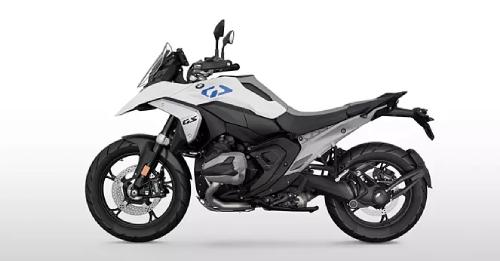

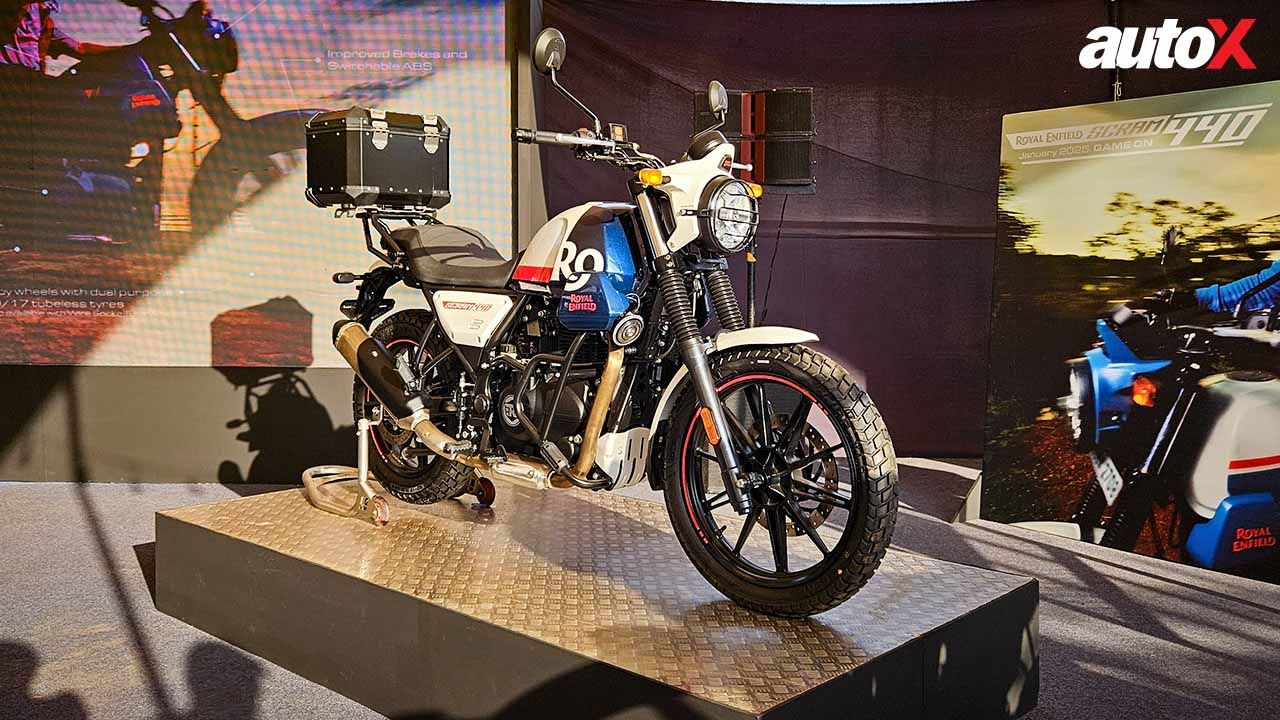
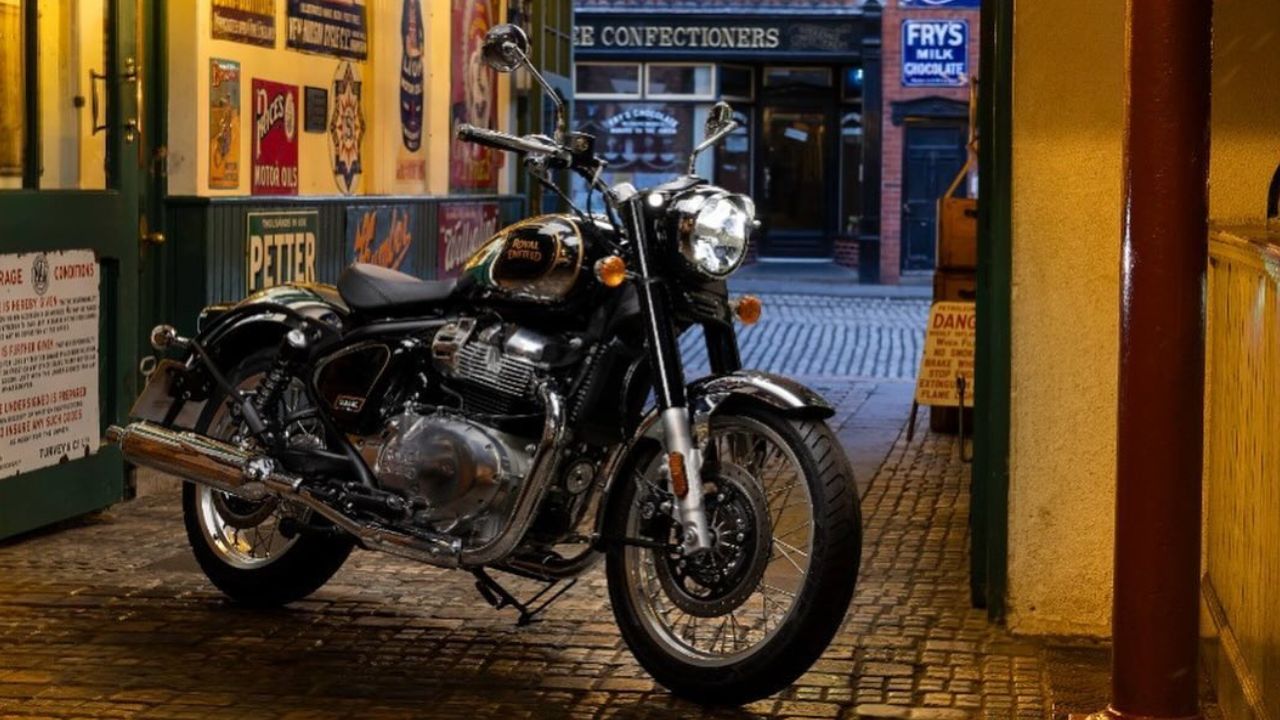
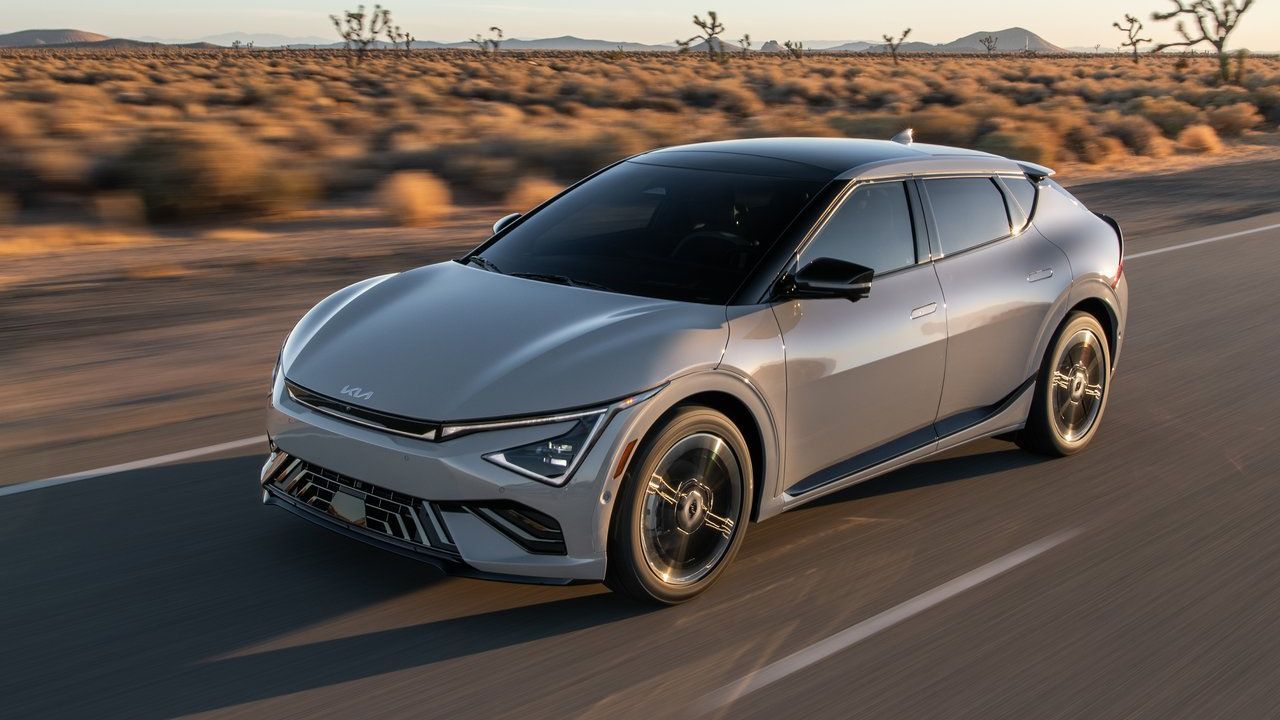
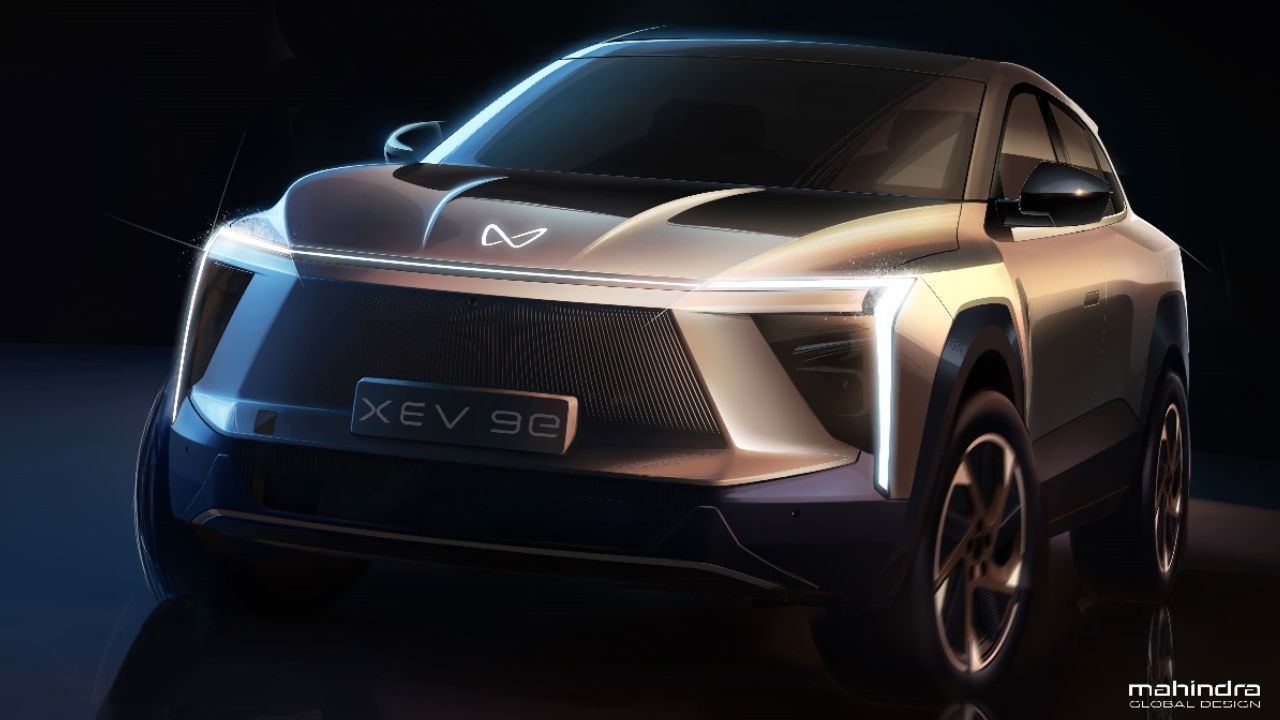
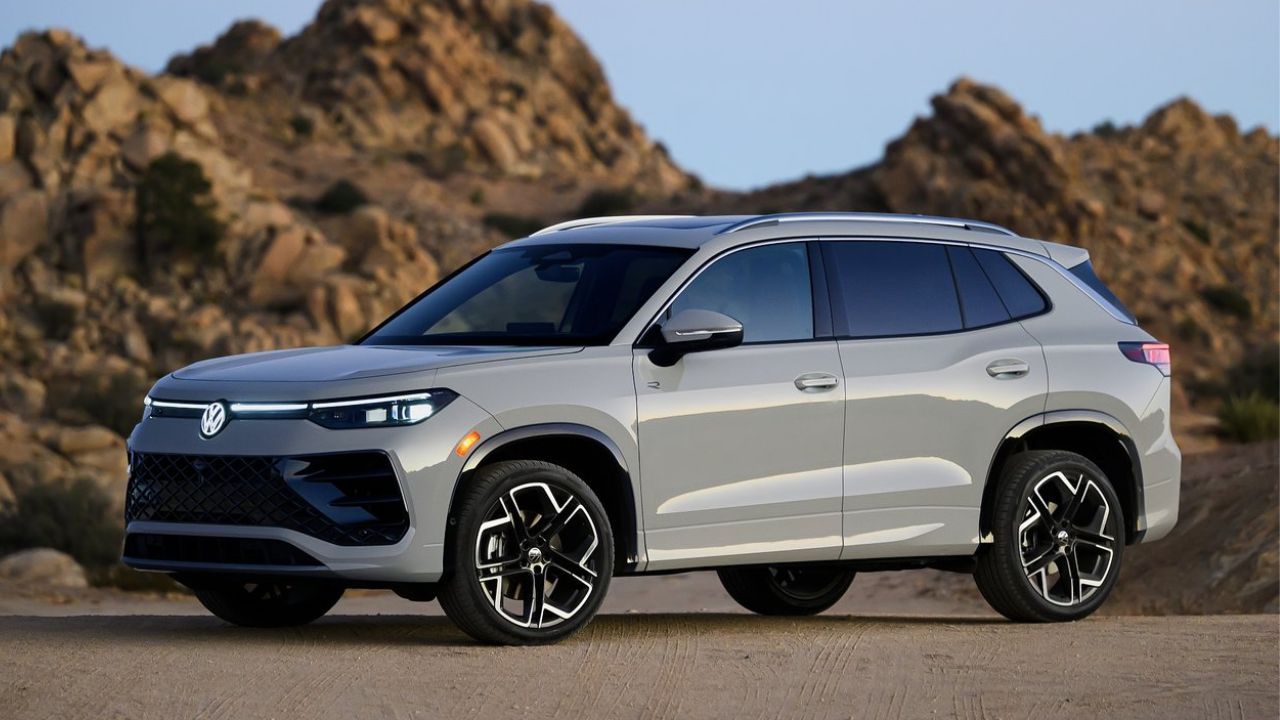
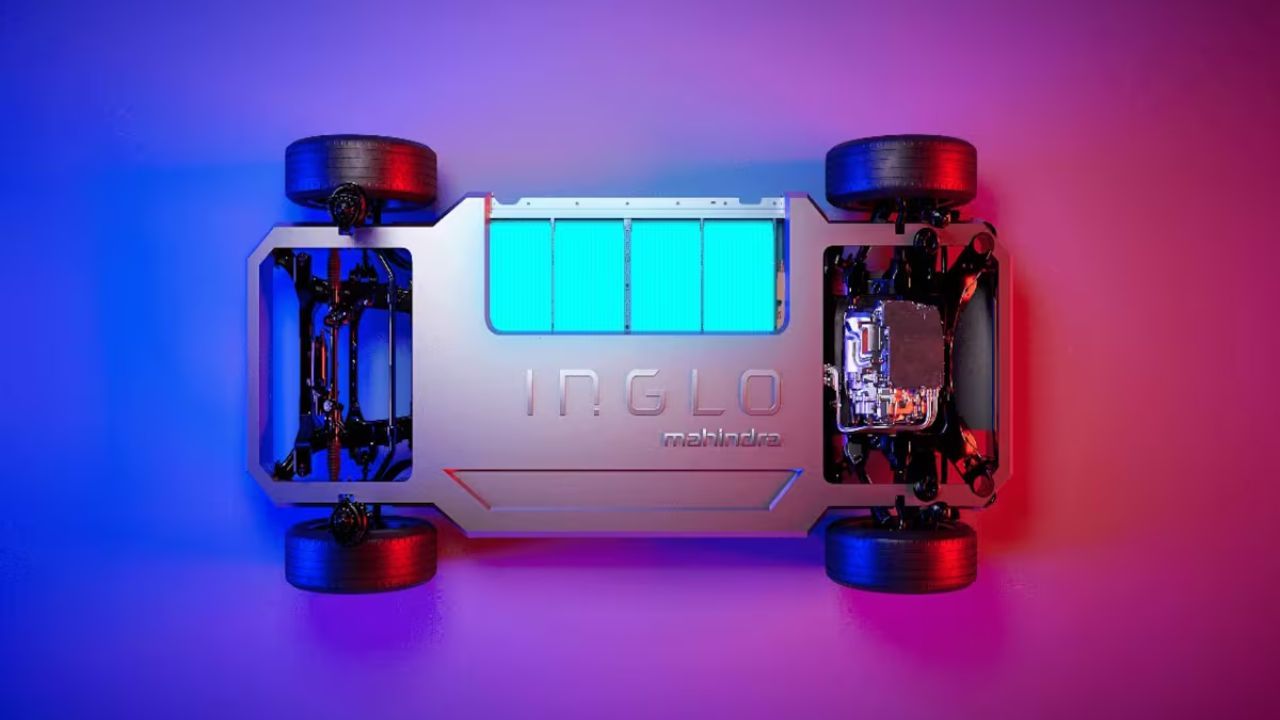
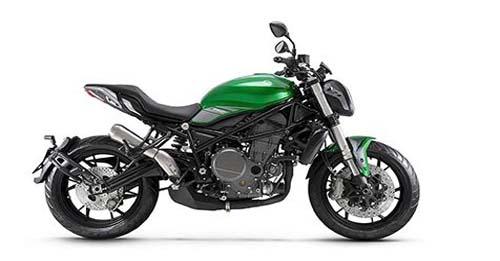
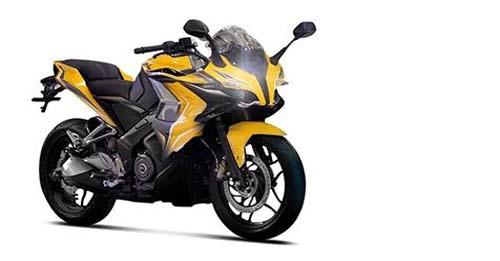
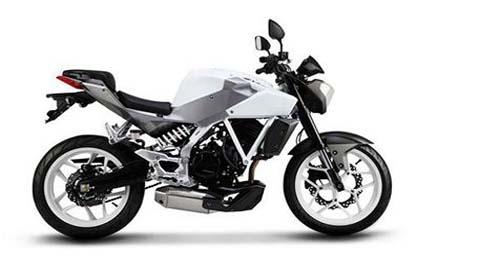
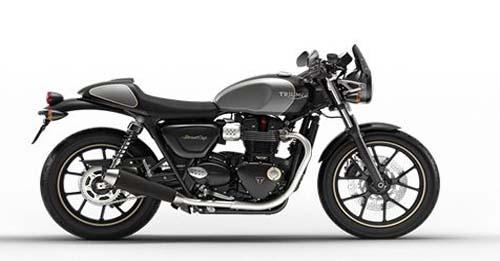
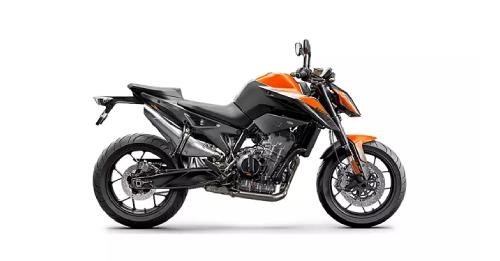









Write your Comment on